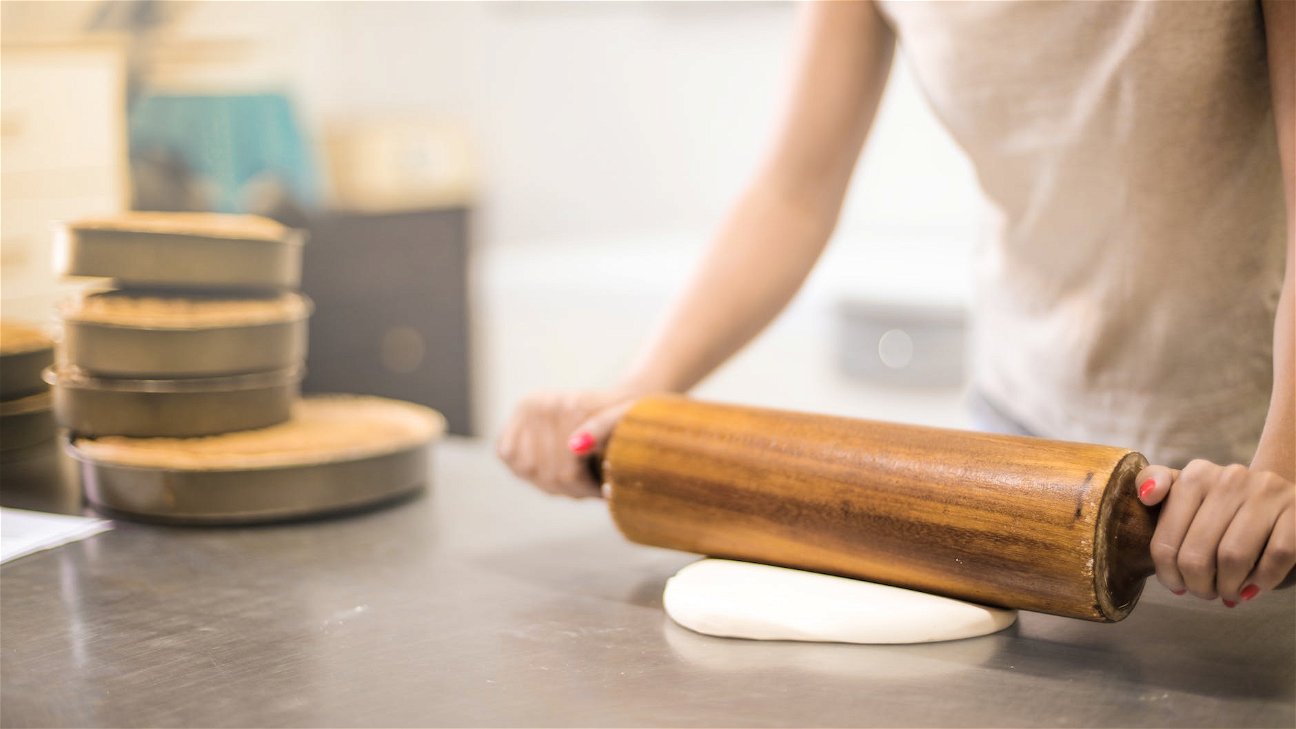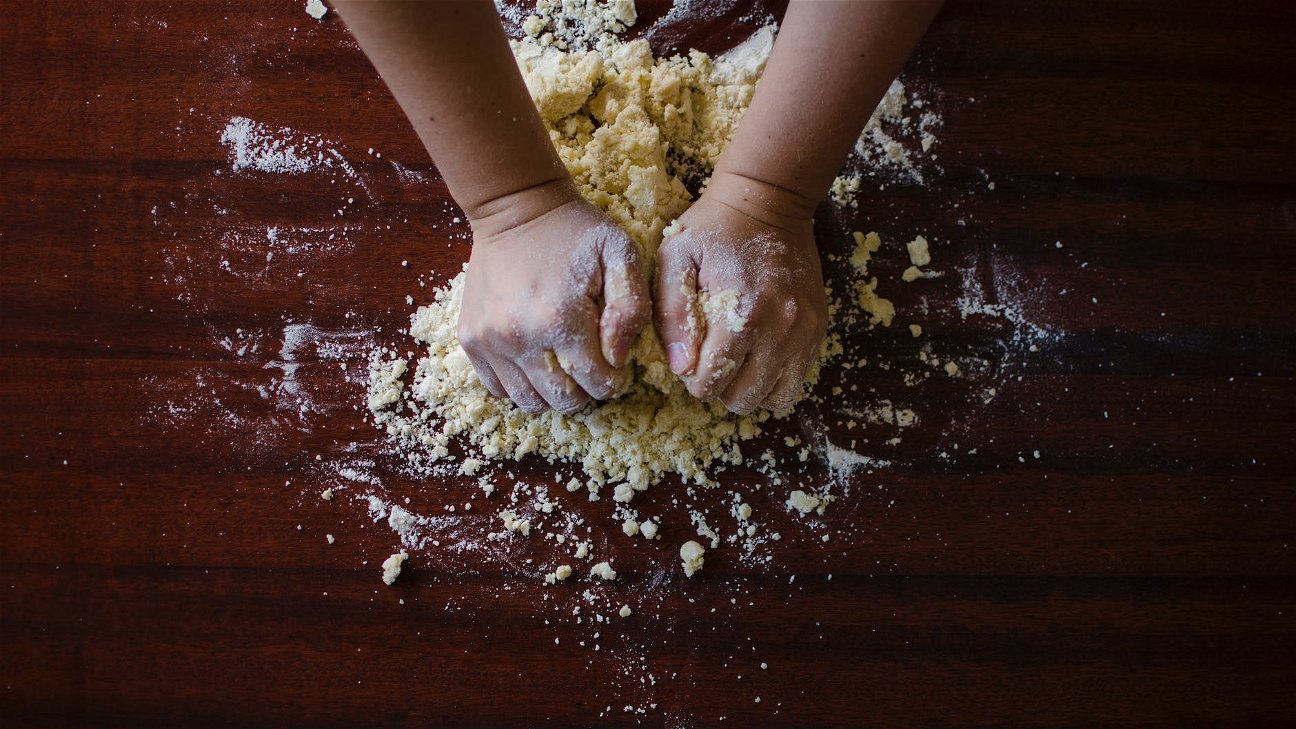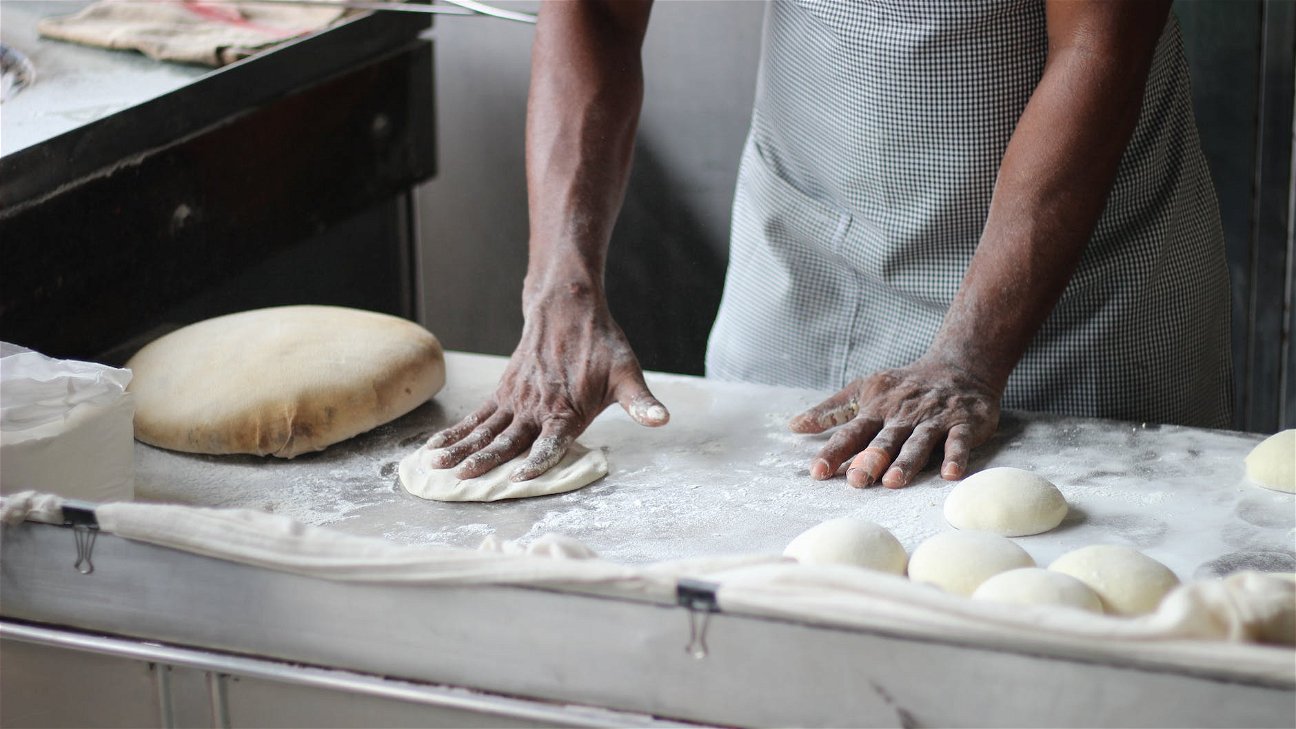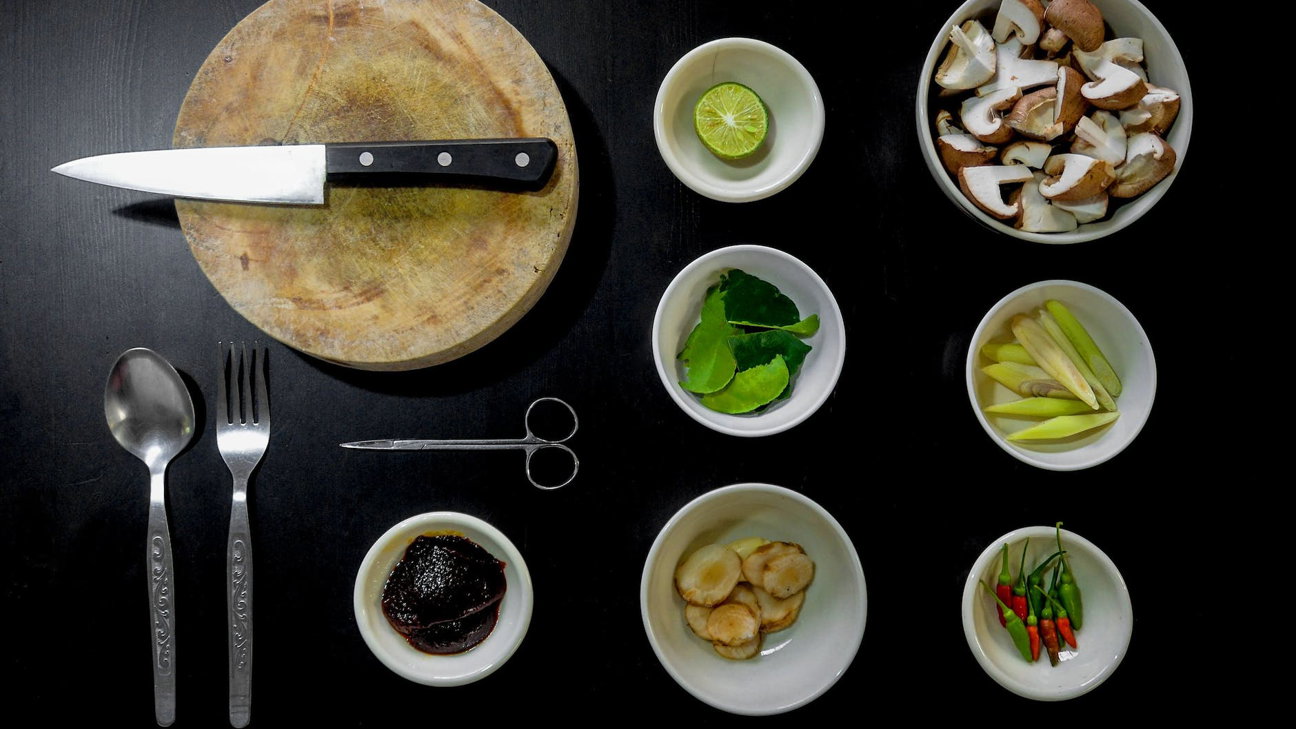
Baking bread is a cherished tradition in many homes. The smell of freshly baked bread wafting through the house is a comfort like no other. However, for those with gluten intolerance or celiac disease, this simple pleasure can seem out of reach. But fear not, perfecting the art of gluten-free bread baking is not only possible but can also be a wonderfully rewarding experience.
Understanding Gluten-Free Baking
Before we dive into the actual process of baking, it's critical to understand what makes gluten-free baking different. Regular wheat flour contains gluten, a protein that gives bread its characteristic structure and chewiness. Gluten-free flours lack this protein, making it a challenge to replicate the texture of traditional bread.
Here's a list of common gluten-free flours and their properties:
Steps to Baking Perfect Gluten-Free Bread
Baking gluten-free bread is an art that requires patience and understanding of the ingredients. Here are some steps to guide you through the process:
-
Choose the right flour blend: As seen in the table above, different flours have different properties. Often, a blend of flours gives the best results.
-
Add a binder: Since gluten-free flours lack the binding properties of gluten, adding a binder like xanthan gum or psyllium husk can help give the bread structure.
-
Hydrate the dough: Gluten-free flours often need more liquid than their wheat counterparts. The dough should be more like a batter than a traditional bread dough.
-
Let the dough rise: Gluten-free breads often need a longer rise time than traditional breads. Be patient and let the dough rise until it's almost doubled in size.
-
Bake the bread: Gluten-free breads often need to be baked at a lower temperature for a longer time. Check the bread for doneness by tapping the bottom; it should sound hollow.
Troubleshooting Gluten-Free Bread Baking
Even with the best efforts, sometimes gluten-free bread doesn't turn out as expected. Here are some common issues and how to fix them:
-
The bread is too dense: Try adding more liquid or a binder to the dough. Also, let the dough rise longer before baking.
-
The bread is crumbly: This can be due to insufficient binding. Add more xanthan gum or psyllium husk to the recipe.
-
The bread is gummy: This can happen if the bread is undercooked. Try baking it longer at a lower temperature.
Remember, perfecting the art of gluten-free bread baking takes time and patience. But with practice and understanding, you can bake delicious gluten-free bread that rivals any traditional loaf.










